Prime Minister Modi's visit to Kiev is seen as an extension of his deft foreign policy since the Russia-Ukraine conflict broke out while China is also cautiously adjusting its stance.
That is the opinion of Mr. C. Uday Bhaskar *, Director of the Society for Policy Studies (SPS) in New Delhi in a recent article published in The South China Morning Post .
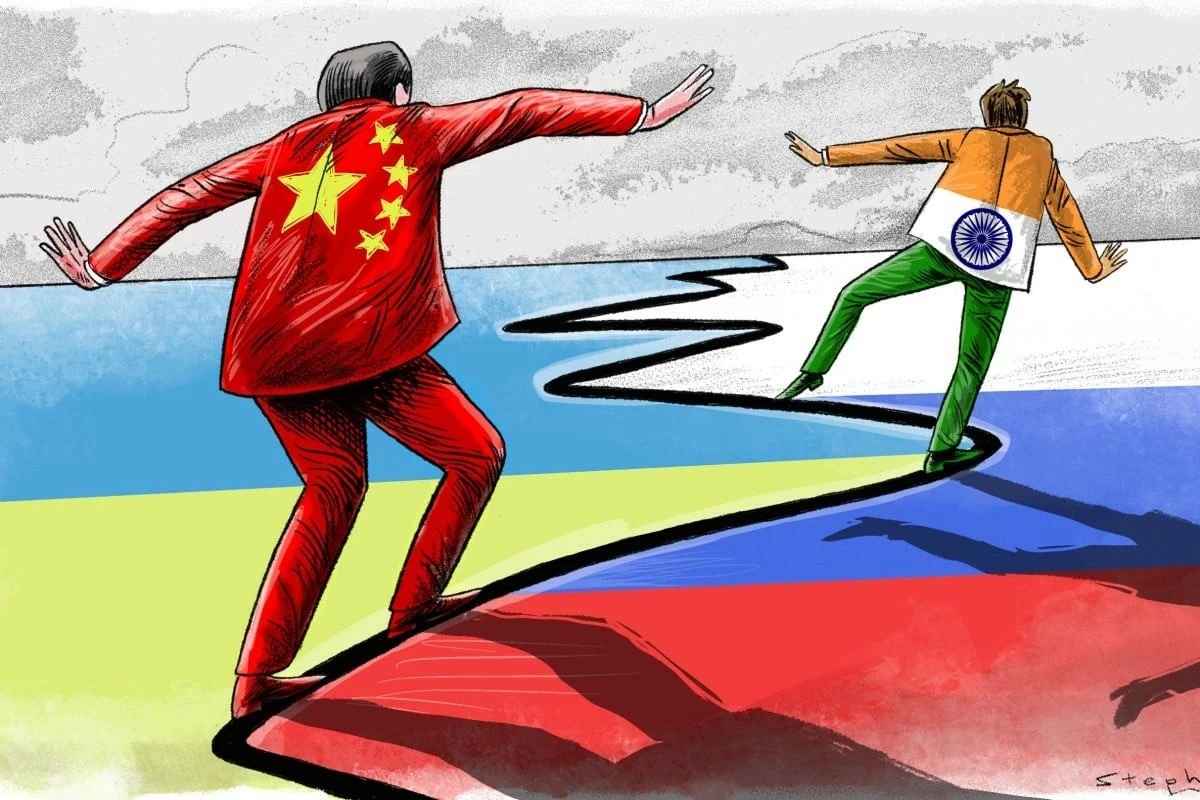 |
| India and China are treading a delicate line in the conflict in Ukraine. (Source: SCMP) |
Immediately after the meeting between Indian Prime Minister Narendra Modi and Ukrainian President Volodymyr Zelensky on August 23 in Kiev, the media quickly published a photo of the two leaders giving each other a warm hug. In a post on social network X, President Zelensky said that Mr. Modi's first visit to Ukraine after his re-election was an important historical milestone as well as showing New Delhi's support for Kiev's problems.
However, Prime Minister Modi did not directly express India's position on the conflict, which has now lasted 30 months. New Delhi "stayed out of this conflict", which does not mean "indifferent", but "not neutral from day one". In other words, "we have taken a side and we are firmly in favor of peace ", Mr. Modi asserted.
Prime Minister Modi's visit to Kiev, according to expert C. Uday Bhaskar, is an extension of India's delicate and skillful diplomatic balancing act since Russia launched a special military operation in February 2022.
The South Asian nation has been steadfast in not criticizing Russia’s actions but has called on both sides to engage in dialogue and diplomacy to end the conflict in accordance with international law and the UN Charter. This was also central to Mr. Modi’s message to allay U.S. concerns that New Delhi has uncritically supported Russia.
Prime Minister Modi visited Kiev just over a month after his trip to Moscow (July 8-9). At that time, President Zelensky expressed deep disappointment and said that the meeting between the two leaders of India and Nga was a devastating blow to peace efforts.
Prime Minister Modi's presence in Kiev coincides with two other high-level visits. Indian Defense Minister Rajnath Singh traveled to Washington, where the two sides signed important defense agreements, deepening military cooperation between the two sides. Meanwhile, Chinese Premier Li Qiang just concluded a visit to Russia and Belarus.
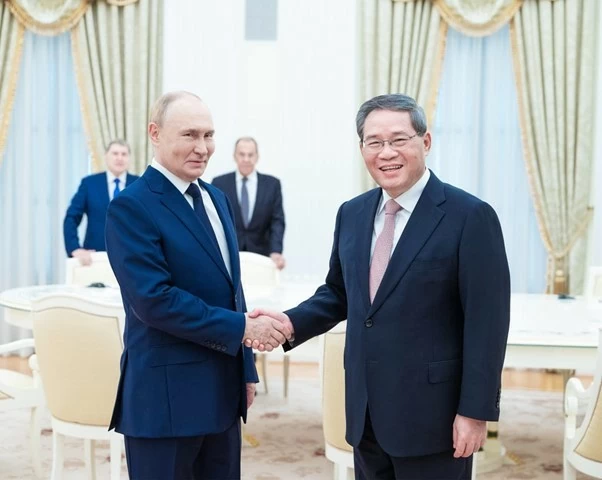 |
| Russian President Vladimir Putin (left) welcomes Premier Li Qiang before a meeting at the Kremlin on August 21. (Source: Xinhua) |
For New Delhi, Li’s reassertion of the “firm, strong and unshakable” China-Russia friendship that “overcome international turbulence” is significant in the context of the complicated India-China-Russia triangle, reflecting a “multipolar chessboard” in Asia and the world since the conflict in Ukraine broke out.
Both China and India have had special relationships with Russia since the Cold War decades, when the bipolar relationship between the Soviet Union and the United States shaped the global strategic framework. In the later stages of the Cold War, China tended to lean toward the United States while India leaned more toward the Soviet Union.
After the end of the Cold War, both Asian giants re-established ties with a geographically diminished and economically weaker Russia. Today, the rivalry between the US and China has shaped the relationship between the great powers.
Expert C. Uday Bhaskar commented that the US withdrawal from Afghanistan in 2021 reduces Washington's leading position in the political arena. In particular, the conflicts in Ukraine and Gaza lead to an unstable global strategic framework in which the major powers and the UN Security Council are almost ineffective in ensuring global peace and stability.
India and China are treading a delicate line in the Ukraine conflict by upholding international law but refraining from publicly criticizing Russia’s actions, a move that reflects the isolated position of the two Asian giants in protecting their long-term national interests.
| While India's orientation is seen as an expression of strategic autonomy, an extension of China's carefully considered non-aligned policy, it is seen as a “Beijing dilemma”. |
Both New Delhi and Beijing maintain ties with Moscow in the form of oil imports, growing trade and military ties, but are careful not to fall under Washington’s sanctions radar. At the same time, both are seeking to present themselves as the voice of the global South, with developing countries hit hard by the conflict in Ukraine due to disruptions in global food and fertilizer supply chains.
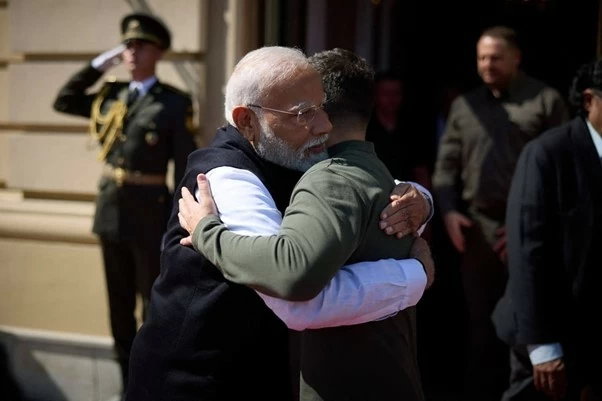 |
| Indian Prime Minister Narendra Modi and Ukrainian President Volodymyr Zelensky at the entrance to the Mariinsky Palace in Kiev on August 23, 2024. (Source: AFP) |
In that context, according to strategic analyst C. Uday Bhaskar, Prime Minister Modi’s visit to Kiev is essentially symbolic. What is important is the multi-layered signals it sends at the global level, in the Eurasian region and among the domestic population. Neither India nor China can effectively promote a peace process in the conflict in Ukraine without the participation of the United States. This depends on the outcome of the White House race in November, and if former President Donald Trump wins, the policies may be unpredictable.
In the interim, both India and China are preparing for the Brics summit in Kazan, Russia, in October. How the participants – including the group’s founding members Brazil, Russia, India and China – shape the Ukraine war will be
While waiting for the White House occupant, both India and China are preparing for the BRICS Summit in Kazan (Russia) in October 2024. According to SPS Director C. Uday Bhaskar, how the countries participating in the summit, including the bloc's founding members Brazil, Russia, India and China, view the conflict in Ukraine will provide some clues about the upcoming scenario. Lasting peace remains elusive given the harsh realities of the conflict, which is about to complete three years...
(*) The author was the head of two other major Indian research organizations, the Institute for Defence Studies and Analyses (IDSA) and the National Maritime Foundation (NMF).
Source: https://baoquocte.vn/an-do-va-trung-quoc-tiep-tuc-di-giua-lan-hinh-cua-cuoc-xung-dot-nga-ukraine-284821.html









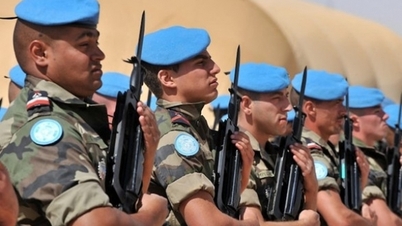
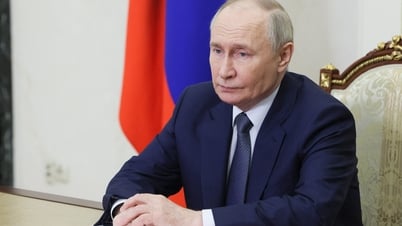

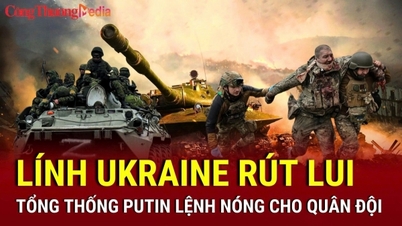

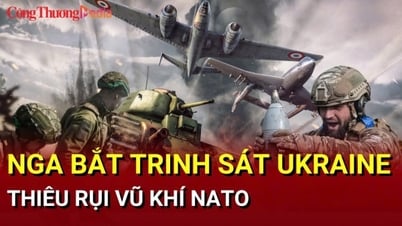
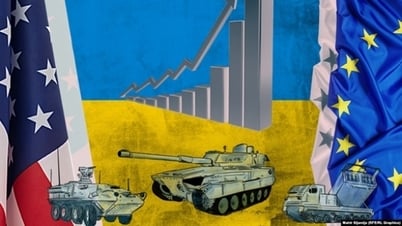


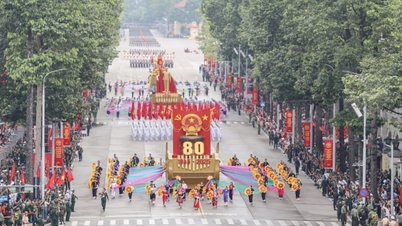
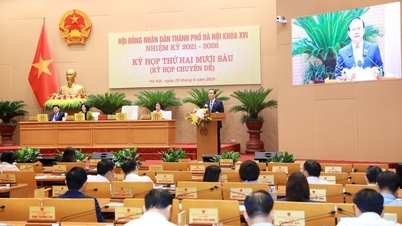
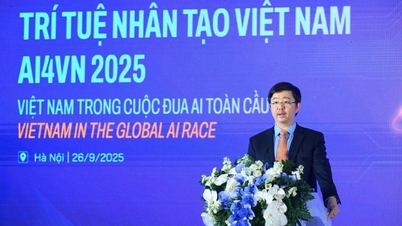
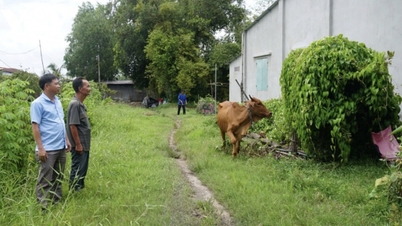








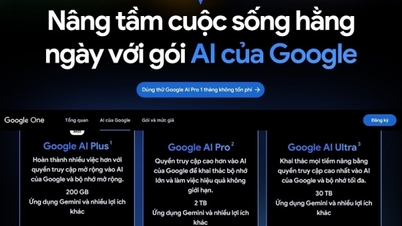
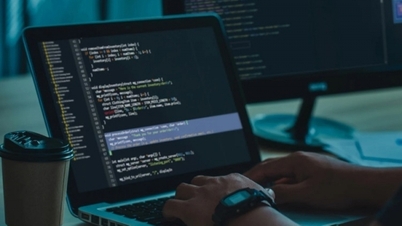
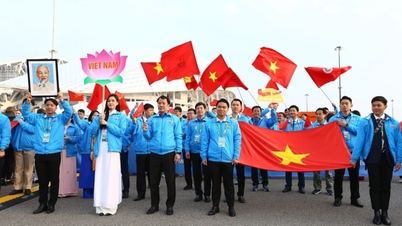
![[Photo] President Luong Cuong receives President of the Cuban National Assembly Esteban Lazo Hernandez](https://vphoto.vietnam.vn/thumb/1200x675/vietnam/resource/IMAGE/2025/9/30/4d38932911c24f6ea1936252bd5427fa)
![[Photo] Panorama of the cable-stayed bridge, the final bottleneck of the Ben Luc-Long Thanh expressway](https://vphoto.vietnam.vn/thumb/1200x675/vietnam/resource/IMAGE/2025/9/30/391fdf21025541d6b2f092e49a17243f)
![[Photo] The 1st Congress of Phu Tho Provincial Party Committee, term 2025-2030](https://vphoto.vietnam.vn/thumb/1200x675/vietnam/resource/IMAGE/2025/9/30/1507da06216649bba8a1ce6251816820)
![[Photo] Solemn opening of the 12th Military Party Congress for the 2025-2030 term](https://vphoto.vietnam.vn/thumb/1200x675/vietnam/resource/IMAGE/2025/9/30/2cd383b3130d41a1a4b5ace0d5eb989d)
























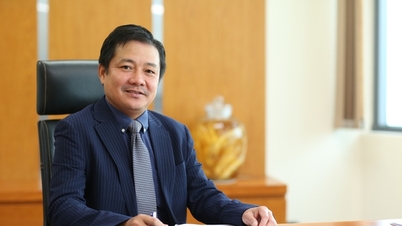

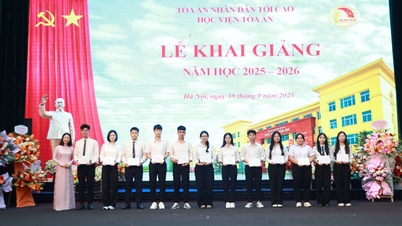


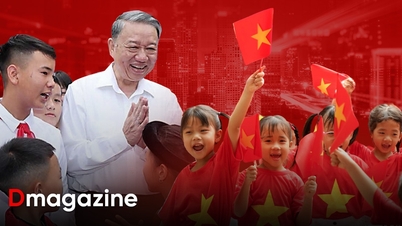







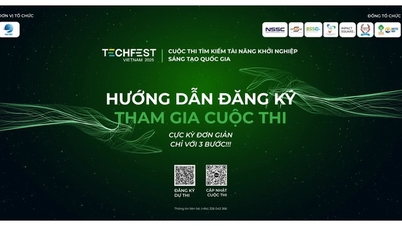

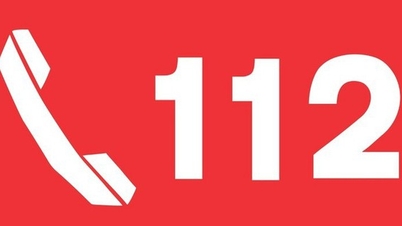





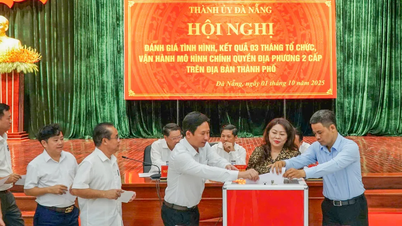

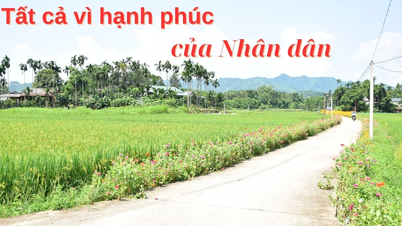

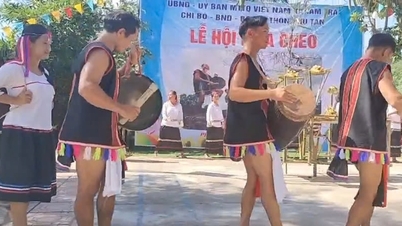

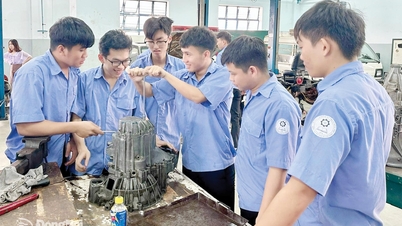

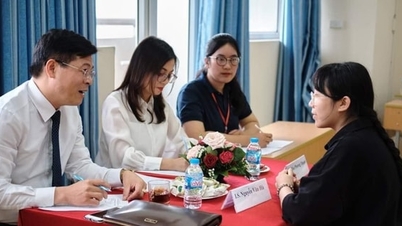

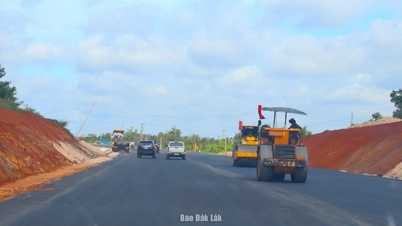













Comment (0)